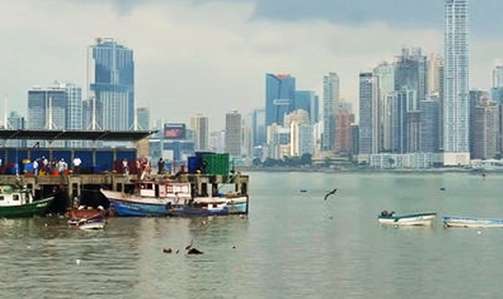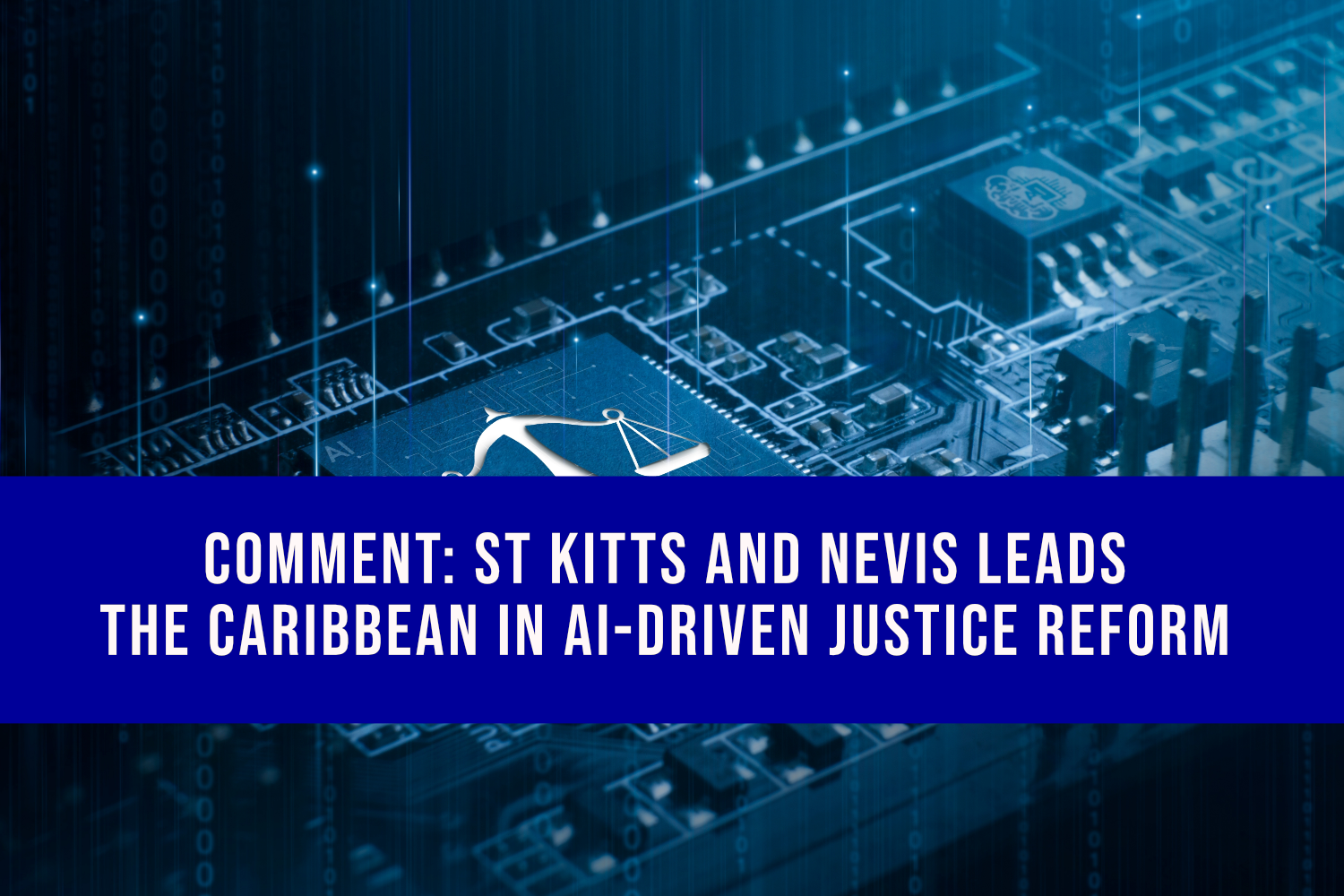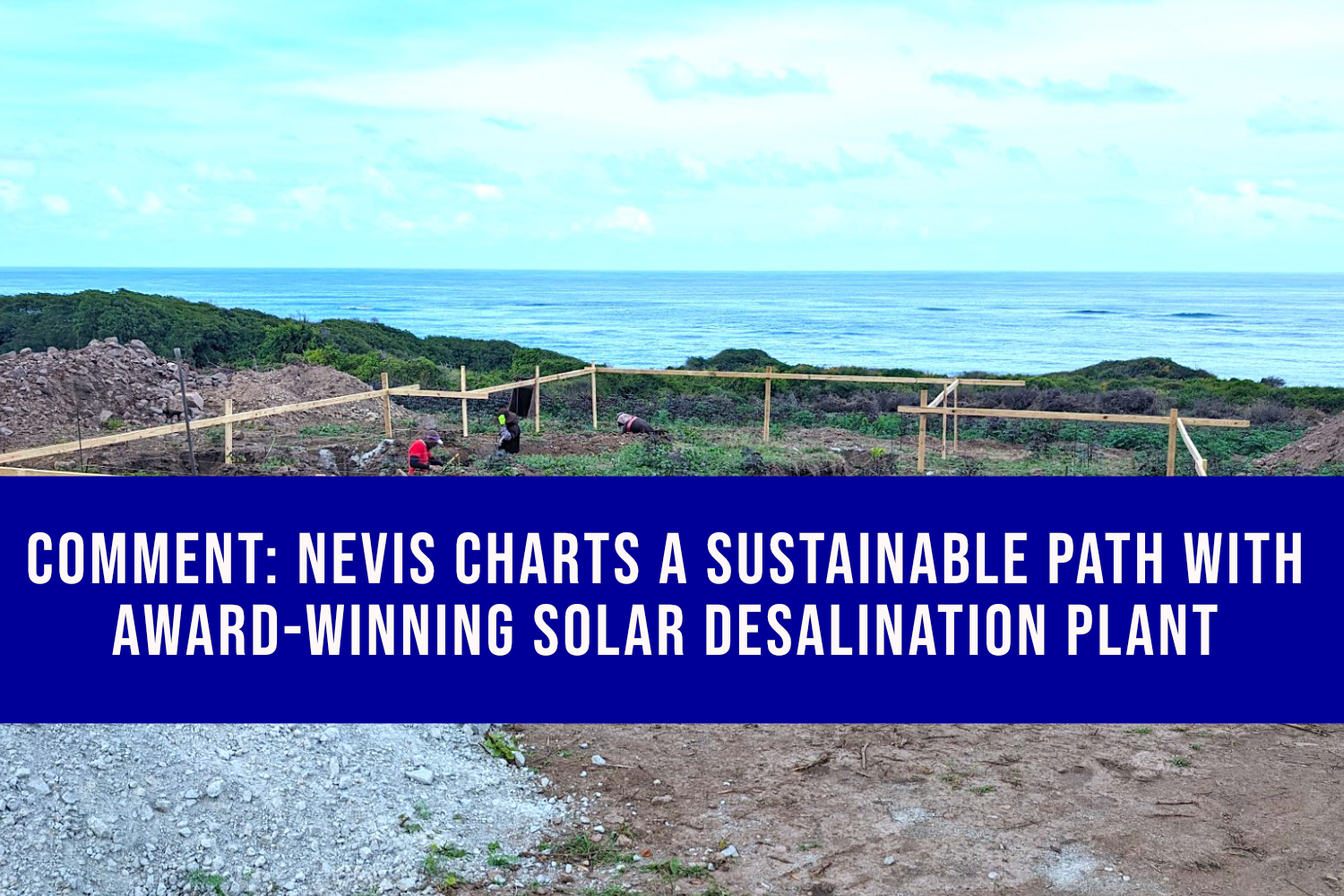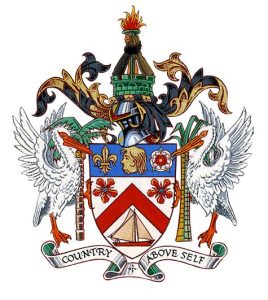Rubio Alleges Chinese Control of Panama Canal Without Providing Evidence.
The simmering geopolitical tensions between the United States and China have found a new focal point: the Panama Canal. U.S. Senator Marco Rubio’s recent visit to Panama City, the heart of this vital maritime artery connecting the Atlantic and Pacific Oceans, brought these tensions to the forefront. Rubio, echoing concerns voiced by President Donald Trump, expressed apprehension regarding China’s perceived growing influence over the canal, suggesting potential U.S. action if the situation doesn’t shift to Washington’s liking. This visit, part of a broader Latin American tour by Rubio, underscores the United States’ strategic focus on countering China’s expanding presence in the region.
Rubio’s assertion that China wields undue influence over the Panama Canal met with firm resistance from Panamanian officials. President José Raúl Mulino and Foreign Minister Javier Martínez-Acha categorically rejected the claim, emphasizing Panama’s autonomous management of the canal. Mulino unequivocally stated that the canal “belongs to Panama,” precluding any negotiations regarding its control. The Panamanian government’s stance underscores the nation’s sovereignty and its commitment to independently managing this crucial global waterway. Public sentiment in Panama reflected the government’s position, with protests erupting during Rubio’s visit. Demonstrators voiced their opposition to potential U.S. intervention, signifying a growing resistance to external pressures concerning the canal’s administration.
The crux of the U.S. concern stems from China’s increasing economic footprint in Panama and the broader Latin American region. China’s investments in ports, telecommunications infrastructure, and other key sectors are viewed by some in the U.S. as a potential pathway for political and security leverage. While the U.S. has yet to provide concrete evidence of China’s direct control over the canal’s operations, the apprehension remains. This concern is fueled by a broader narrative within the U.S. administration that portrays China’s global economic expansion as a strategic challenge to American interests.
The U.S. administration’s concerns, as articulated by Rubio, raise the specter of potential disruptions to the canal’s operations, particularly in the event of a conflict between the U.S. and China. The suggestion that China could leverage its influence to shut down the canal underscores the strategic importance of this waterway for global trade and security. This apprehension is amplified by the canal’s historical significance and its crucial role in facilitating the movement of goods and military vessels between the Atlantic and Pacific. The U.S. Navy, in particular, relies heavily on the canal for rapid deployment and logistical support.
In response to these perceived threats, the U.S. is ramping up pressure on Latin American nations to limit their engagements with China and strengthen alliances with Washington. This pressure reflects a broader strategic approach by the U.S. to counter China’s growing global influence. The U.S. is actively promoting alternative partnerships and investment opportunities in the region, aiming to present a counterbalance to China’s expanding economic presence. This strategic maneuvering underscores the escalating competition between the two superpowers for influence in Latin America and beyond.
The Panama Canal, once a symbol of American engineering prowess and influence, has now become a stage for the unfolding drama of U.S.-China rivalry. The conflicting narratives and escalating tensions surrounding the canal’s control highlight the complex geopolitical landscape of the 21st century. As the U.S. and China continue to vie for global dominance, the Panama Canal’s fate remains intertwined with the broader struggle for power and influence. This ongoing tension is likely to shape the future of international trade, security, and the very dynamics of global power.
Share this content:












Post Comment